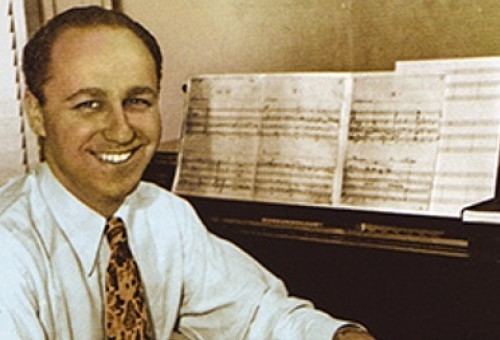 |
| Husband (1970) |
Notes on the restored version of Dick Cavett Show: John Cassavetes/Peter Falk/Ben Gazzara (21 September 1970), screened at Il Cinema Ritrovato 2019. The entire programme, sourced from a VHS tape, can be viewed below. — EK
A notorious moment in television history, one which is both funny and embarrassing to watch. Dick Cavett's interviews with film personalities are usually precious; they can be casual (resulting in some hilarious moments with certain guests) but at the same time focused. In 1970, two years into its run, Cavett introduced a new, longer format show to coincide with football fixtures, when many TV viewers would be hooked to the sports channel. The first episode to follow this new format, featuring the leading talents of Husbands, made for a disastrous start. Everything that could go wrong with an interview (including the unlikely possibility of the guests taking off their socks on camera, rolling on the floor and wrestling) did go wrong. Seemingly intoxicated, Cassavetes, Gazzara and Falk refused to talk and when they did, it was in incomprehensible half-lines – the spirit of the Three Stooges channelled via three figures of the New American Cinema. Cavett leaves the set in protest, returning later with the audience clamouring, "We want Dick!" The three bad boys kneel in front of him, seemingly apologetic. Yet, five seconds later, the mischief resumes to a maddening intensity. Towards the end it becomes clearer to see that it's all more of an act than actual intoxication. It's up to you whether to see it as a mean attack on the shallowness of such TV shows, or a sign of troubling immaturity. (For further drunk interviewees at Il Cinema Ritrovato 2019, see Sterling Hayden in Pharos of Chaos.)










